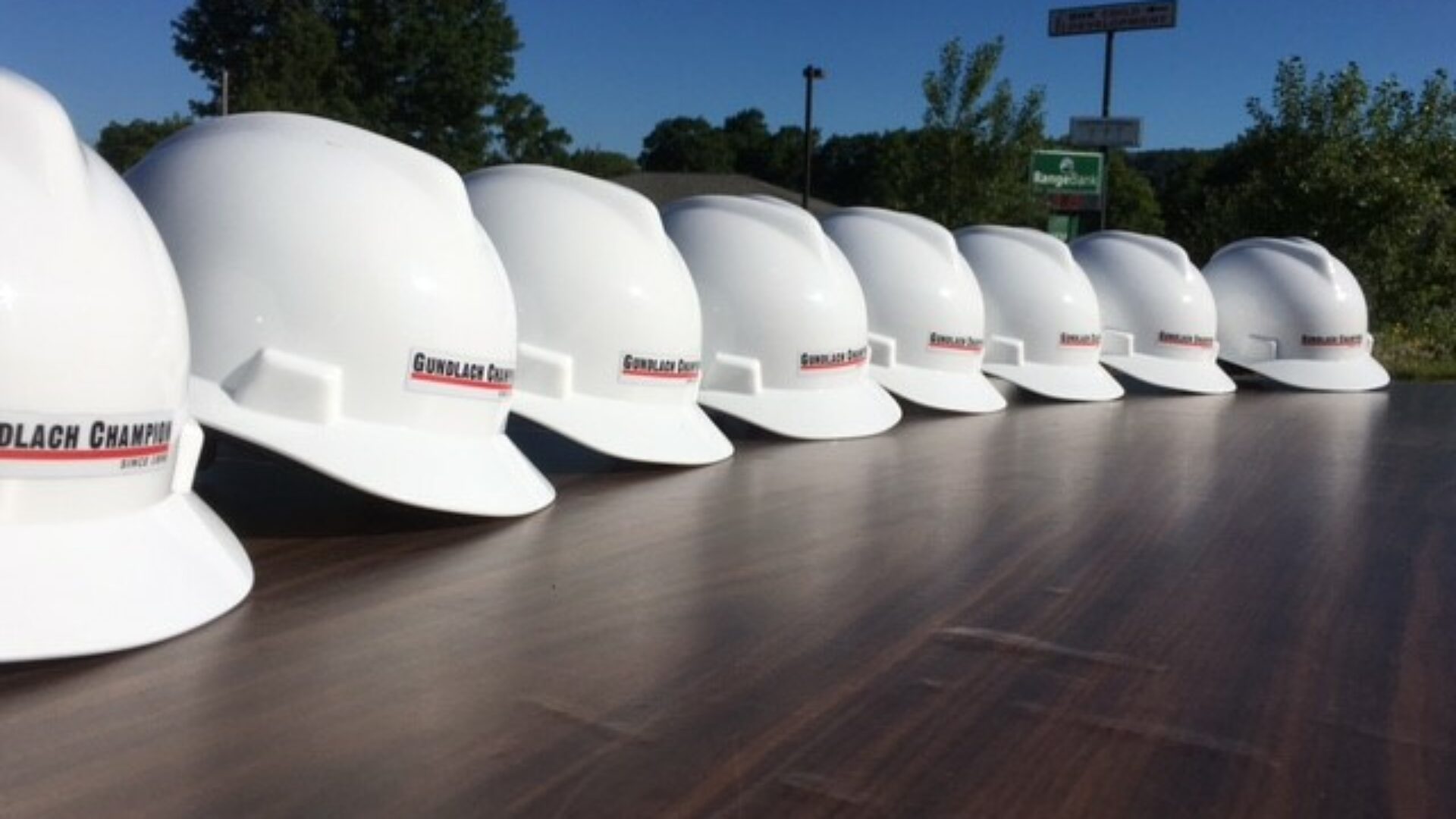The construction industry is not only one of the largest and most crucial industries in the world, but it is also constantly advancing and changing. The development of new technologies, evolution of consumer priorities and preferences, and a shifting labor market are just a few of the factors changing the face of commercial construction in the coming years.
Digitalization
Like most industries, commercial construction is becoming increasingly more focused on innovative and effective technological advances that decrease costs and increase efficiency. Virtual design and construction (VDC) allow companies to build accurate and incredibly precise visualizations of structures during planning phases, significantly cutting down on faulty builds. 3D printing is also on the rise as the commercial construction industry becomes more digitized, from printing smaller building components to entire commercial structures such as low-income housing.
Sustainability
Environmentally-friendly structures and the rise of utilizing eco-friendly building materials is an ongoing trend set to increase even more over the next decade. In the commercial construction industry, this points to an increased demand for “smart cities” – more complex buildings that are strategically built around modes of public transportation using materials and processes that leave a smaller carbon footprint than previously standard methods.
Labor Shortages
Unfortunately, a shortage of skilled laborers in the construction industry persists and does not show clear signs of improvement in coming years. However, this also points toward a positive trend in workplace opportunities, and companies are looking to create new processes and strategies to make up for this shifting labor market. This includes more opportunities for apprenticeships, increased productivity within smaller project teams, and an increased use of automation to maintain efficiency.
Modular Construction
Modular construction, commonly known as “off-site construction,” is currently trending upwards in the commercial construction world. This involves producing standard building components at an external facility and then constructing them at the actual building site. This method has been around for decades but has seen renewed popularity as it offers a cost-effective and time-sensitive method for constructing commercial buildings. Increases in technology and strategic delivery means that structures can be built and delivered much more quickly than ever before. According to McKinsey & Company, this form of construction can be 20-50% faster than traditional methods.
As we celebrate our 125th year, we remain committed to keeping up with the latest industry trends to offer our customers the best in construction services. To discuss your next project, contact us at gcfirst.com.

